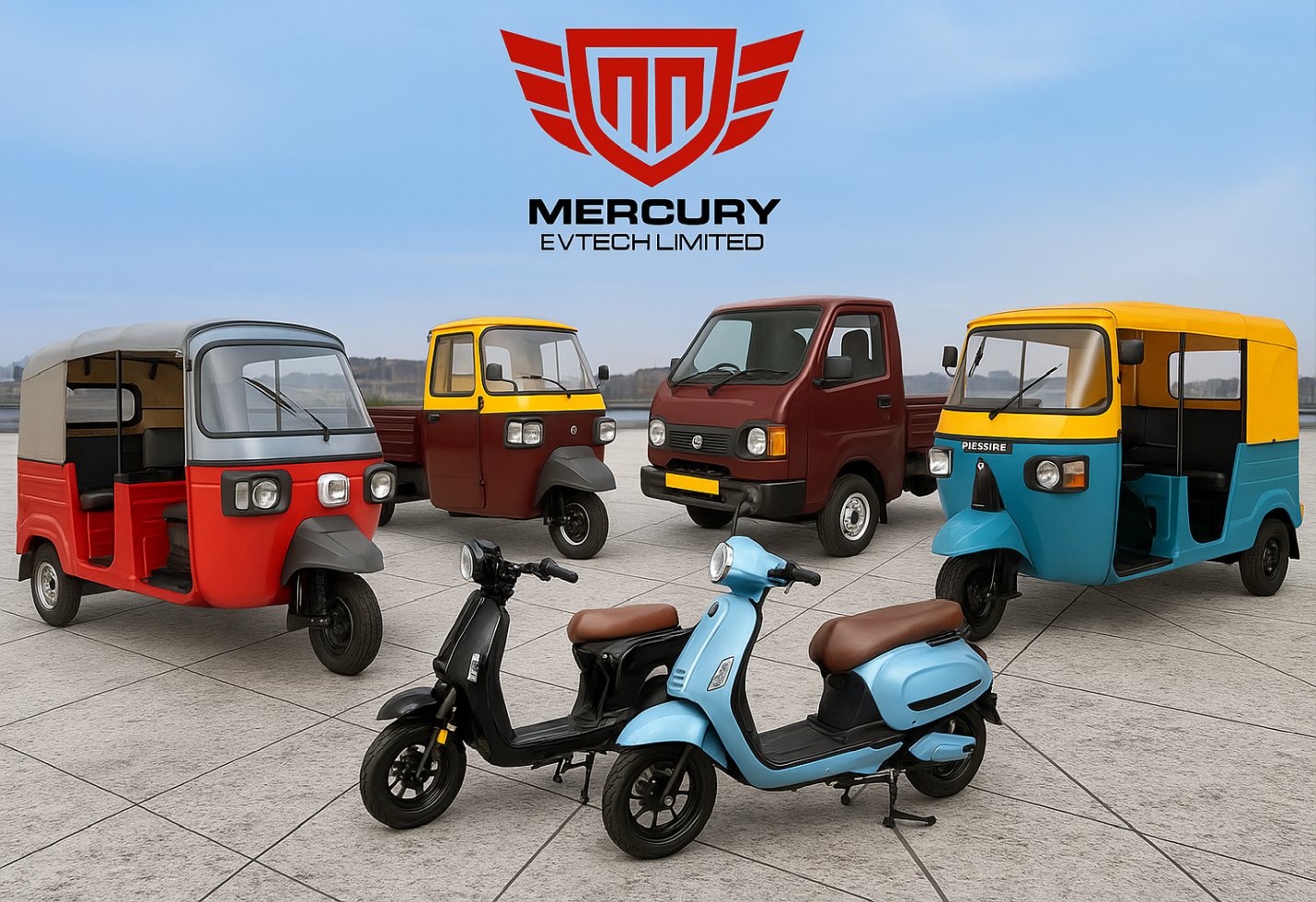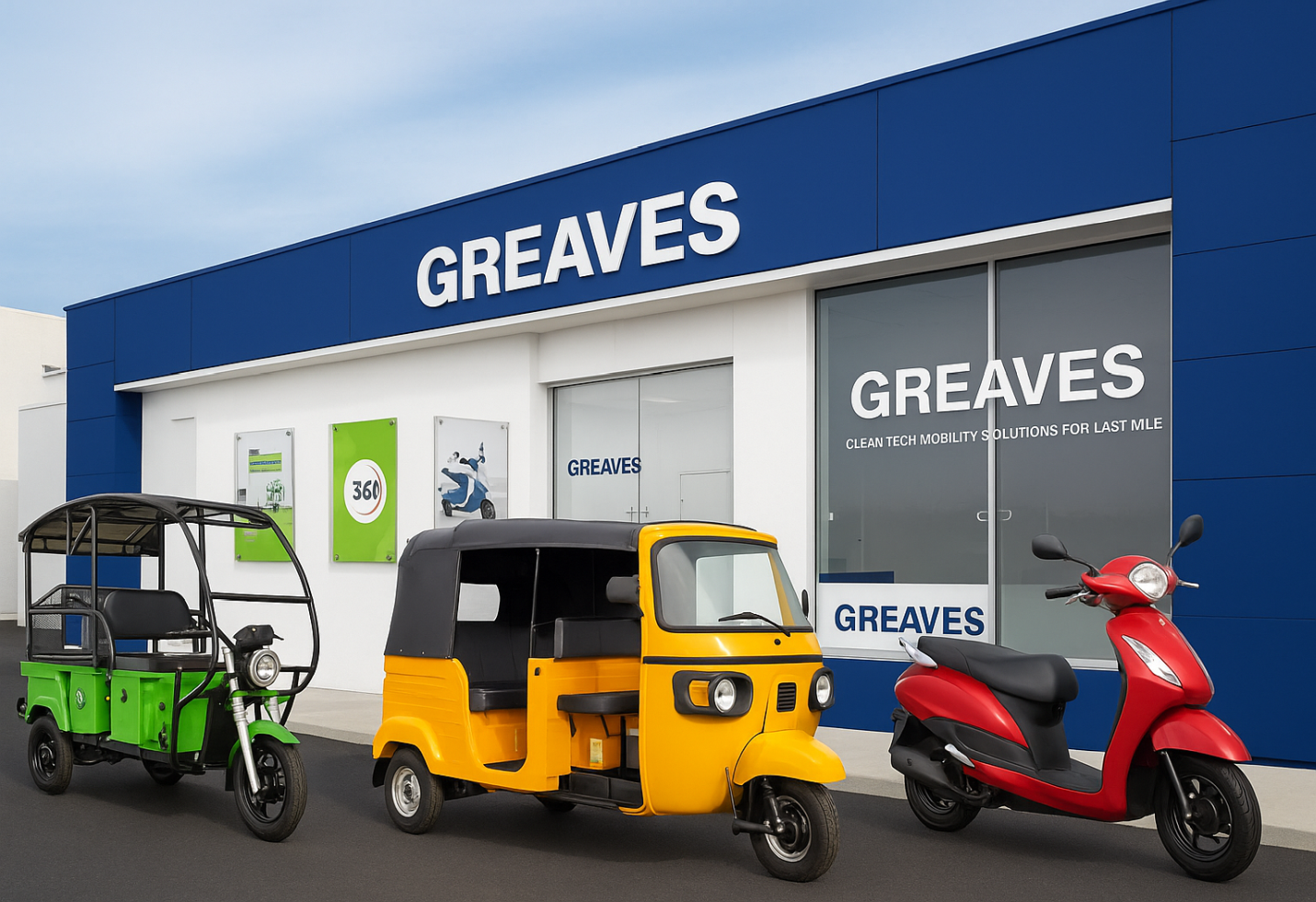Mahindra Plans Hybrid Versions for BE.6 and XEV 9e to Broaden EV Strategy
Mahindra & Mahindra, a key player in India’s automotive market, is considering introducing hybrid powertrains for its upcoming electric SUV models, the BE.6 and XEV 9e. This marks a significant adjustment from Mahindra’s original all-electric approach, signaling a strategic effort to address the current challenges surrounding EV adoption.
Mahindra’s Versatile INGLO Platform
The BE.6 and XEV 9e are being developed on Mahindra’s advanced INGLO platform, which is specifically designed for electric vehicles. While these models were initially conceptualized as fully electric, the flexible design of the INGLO platform now allows Mahindra to easily explore hybrid powertrain options without major design changes.
The architecture is built to support different types of powertrains, including rear-wheel drive, all-wheel drive, and possibly hybrid systems in the future. This multi-configuration ability has positioned Mahindra to consider adding hybrid alternatives to its existing electric plans.
The Push Towards Hybrid Technology
Although electric vehicles are gaining momentum, their growth in India still faces obstacles such as insufficient charging networks, high costs, and consumer uncertainty about driving range. Introducing hybrid options—specifically those using a compact petrol engine to generate power for the battery—can help bridge the gap for buyers who are not yet comfortable committing to fully electric vehicles.
Expanding into hybrids will also allow Mahindra to cater to a wider audience, including international markets where similar infrastructure limitations exist. This strategy could strengthen Mahindra’s presence in regions where fully electric models alone may not be enough to satisfy consumer needs.
Possible Hybrid Designs for BE.6 and XEV 9e
While Mahindra has not yet shared complete technical specifications, it is likely that the hybrid versions will adopt a range-extender system. In this setup, the vehicle’s electric motor would continue to power the wheels, but a small internal combustion engine would act only as a generator to charge the battery when needed. This system would maintain the feel of an electric vehicle while providing extra range security.
The existing battery options—59 kWh and 79 kWh—are expected to remain in place, offering driving ranges between approximately 500 km and 650 km for the all-electric models. With the addition of a hybrid system, these SUVs could achieve even longer ranges, reducing concerns about charging availability on long trips.
Market Timing and Future Rollout
Mahindra’s decision to explore hybrids is well-timed as more automakers worldwide are introducing hybrid alternatives alongside their electric vehicle lines. Companies such as Toyota, Honda, and Hyundai are already seeing success with their hybrid SUVs in both domestic and global markets.
For Indian consumers, especially those in smaller cities where charging stations are still scarce, a hybrid SUV from Mahindra could be an attractive option. By offering both electric and hybrid choices, Mahindra would be able to serve both environmentally conscious drivers and those who still prefer the reassurance of fuel-based backup power.
In addition, this approach could help Mahindra meet upcoming regulatory requirements while taking advantage of tax benefits offered for hybrid vehicles in certain segments.
Key Challenges for Mahindra
While the hybrid strategy appears promising, Mahindra must address several engineering and market challenges. Incorporating an internal combustion engine into an EV-specific platform could present technical difficulties, particularly in space management and cooling systems.
Pricing will also be crucial. The hybrid models need to be competitively priced to justify the additional cost of a more complex powertrain. At the same time, Mahindra must ensure the driving experience remains seamless between electric and hybrid modes to avoid confusing potential buyers.
Educating customers about the differences between range-extender hybrids, plug-in hybrids, and conventional hybrids will also be important to ensure that consumers fully understand what the new variants offer.
Final Thoughts
Mahindra’s consideration of hybrid powertrains for the BE.6 and XEV 9e suggests the company is building a more flexible and realistic clean mobility roadmap. Rather than focusing solely on fully electric solutions, Mahindra is positioning itself to offer more choices that can appeal to a wider range of customers.
By leveraging the versatility of the INGLO platform, Mahindra can introduce hybrids without starting from scratch, potentially gaining a competitive edge in both domestic and international markets. If the company successfully integrates these hybrid solutions, it could significantly strengthen Mahindra’s role in India’s transition toward sustainable and practical automotive options.
:
The image added is for representation purposes only






